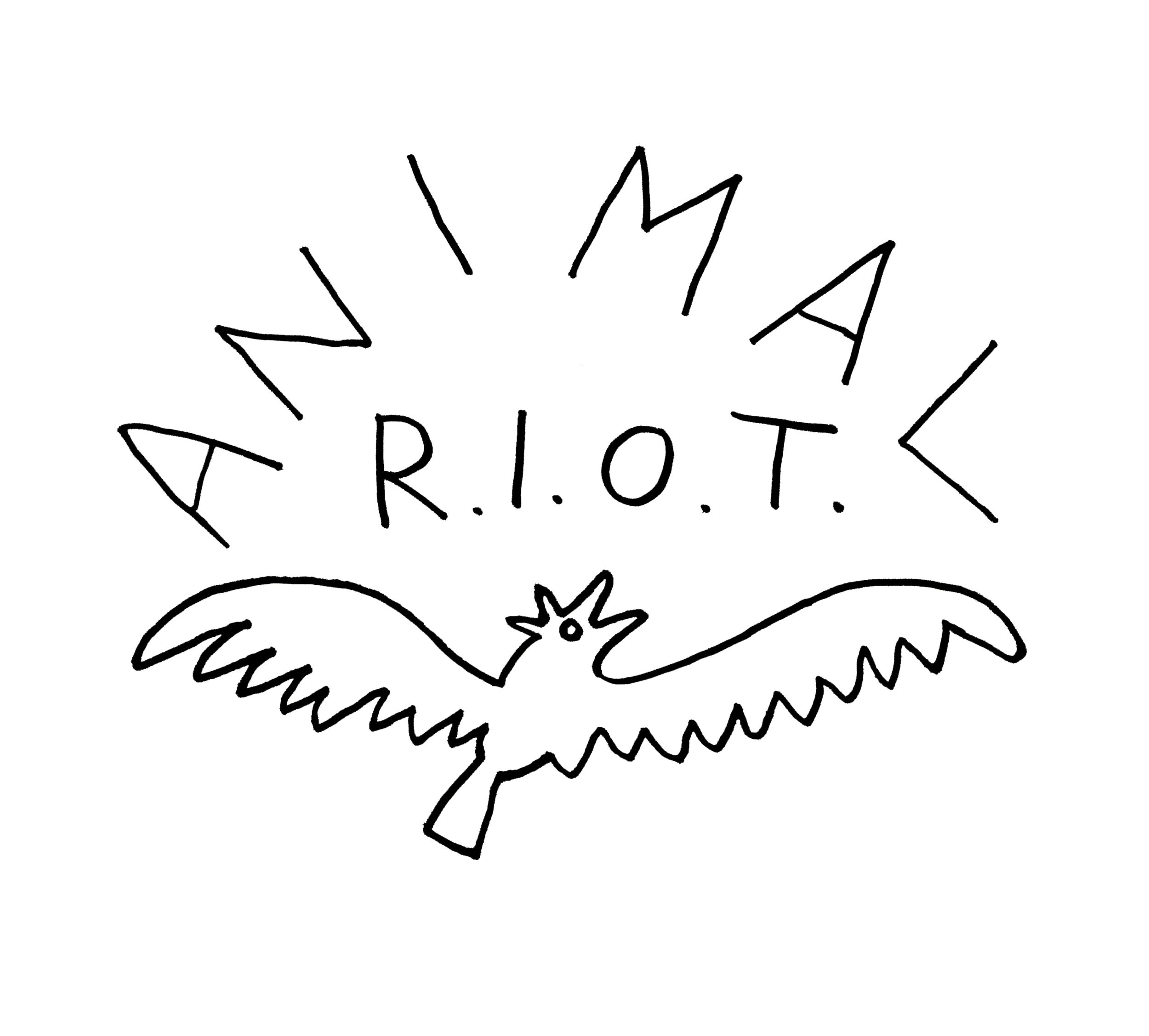Remember to stay hydrated!
I love Bactrian camels! This means that they have two humps on their backs instead of one. Like my second favorite camel, the Dromedary camel, both currently live in the Gobi Desert of Mongolia and China.
Bactrian camels are native to the steppes of Central Asia. There name comes from the historical region in Central Asia, Bactria.
Most camels exist mainly in the domesticated form, but I prefer the wild ones! There is a small wild population of Bactrian camels that are critically endangered as a result of capture and habitat loss. Luckily, the Lop Nur Camel Nature Reserve in China helps to protect them from becoming extinct. But just because one reserve is doing something doesn’t mean we can’t all do more to help, right?!
Generally they are very calm animals. But don’t make them angry or they are going to spit at you in retaliation! Sometimes I spit when I’m angry, too. They rarely sweat, which helps to conserve fluids. It’s important to stay hydrated! Camels have many special adaptations that help them to survive the widely variant desert temperatures which can drop to –20°F in winter and become over 100°F in summer. In winter, they develop a thick shaggy coat to keep them warm. In the summer, this coat falls away to keep them cool throughout the summer. It’s not fashionable, it’s practical!
Contrary to popular belief, their humps do not store water, but store fat. They can also drink up to 40 gallons of water at a time (THAT IS OVER 300 POUNDS OF WATER) which is then stored in one of their stomach chambers. In order to protect themselves from the blowing sand, they can close their nostrils. Camels have large bushy eyebrows and long eyelashes which help to protect our eyes. Additionally, they have large footpads that prevent them from sinking into the sand under their own weight. All in all camels have got their harsh environment figured out. If we left them alone they seems strong enough that they could possibly come back on their own!
Find out more about camels here:



